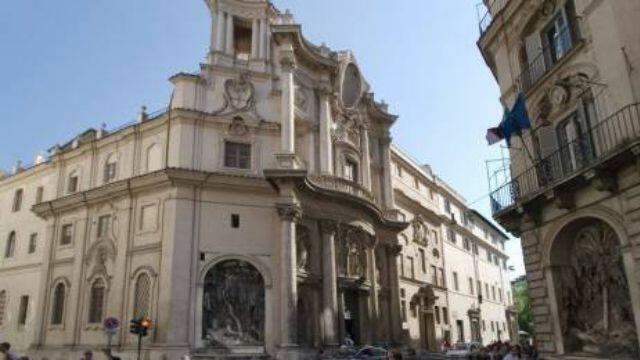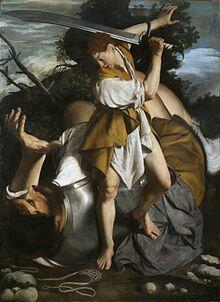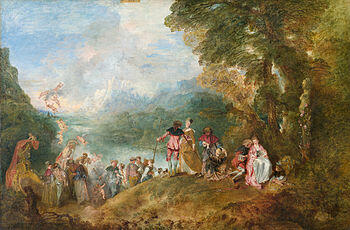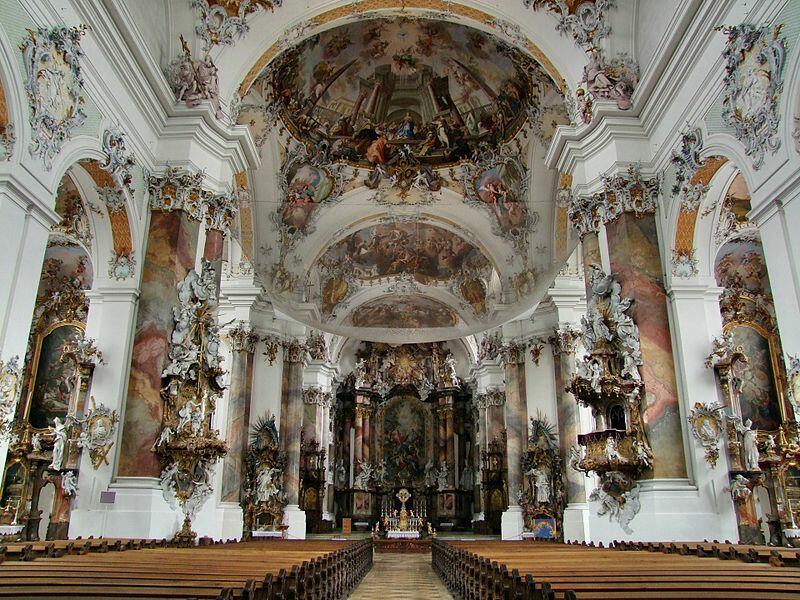The Late Baroque Style
The baroque style of art was embraced by many people in Europe between the 16th and 18th centuries. The style was characterized by beautiful but exaggerated images. This form of art depicted darkness, nudity, and violence (Neuman 18). According to art historians, the Baroque style embraced the use of motion to create tension, tension, and drama (see Figure 2). The style of art influenced different fields such as painting, art, and sculpture, and architecture. The Roman Catholic Church popularized this style of art in order to communicate the message of Christ and minimize the impacts of the Protestant Reformation experienced in the 17th century.

One of the outstanding architectural works from the Late Baroque movement is the San Carlo Alle Quattro Fontane in Rome, Italy (see Figure 1). Constructed between 1665 and 1676, this Roman Catholic Church has served as an iconic structure that portrays the attributes of Baroque architecture (Kleiner 41). The building exhibits an extraordinary design, thus making it an outstanding masterpiece from the movement.
The Late Baroque style was embraced between the 1660s and the 1720s (Stedman 58). The painting “David and Goliath” is one of the outstanding works of art that exhibits the styles and brushwork associated with this cultural movement (see Figure 2). Painted by Orazio Gentileschi, the work of art has been admired by many people for very many years. Historians have also indicated that the Baroque Movement was rivaled and neutralized by many works of art produced by many critics of the Roman Catholic Church (Neuman 39). This fact explains why the movement was later neutralized by the Rococo style.

The movement to the Rococo Style
During the first half of the 18th century, many artists began to move away from the famous Baroque style that had dominated Europe for many decades. The new style of art was, therefore, a response to the Baroque movement. The pioneers of the movement wanted to portray the world from a different perspective. This fact explains why the “new style of art was associated with the smallness of scale, freedom of brushwork, the delicacy of color, and use of playful subjects” (Stedman 72).
The style became a powerful concept in decorative arts, architecture, interior design, and sculpture in France. The 18th century France was associated with a new style exhibiting elegance, natural forms, lightness, and ornamentation. The pioneers of the style, such as Nicolas Pineau and Jean Berain, wanted to come up with an intimate form of art to decorate the houses of many nobles in Paris. Consequently, the use of counter curves and curves became common in France (Kleiner 47).


Several architectural works have been associated with the style. A good example of such a structures is the Basilica at Ottobeuren. The building is characterized by architectural spaces that appear to resonate with life. On the other hand, one of the outstanding works of art from the Rococo style is “The Pilgrimage to Cythera” by a French painter named Jean-Antoine Watteau (see Figure 3). This painting stands out for demonstrating the sensuousness that has been associated with the style of art. Unfortunately, the Rococo style became less appealing to many people towards the end of the 18th century (Kleiner 98). This change led to the emergence of a new style known as the Neoclassic Movement.
Works Cited
Kleiner, Fred. Gardner’s Art through the Ages: A Concise Western History. Cengage Learning, 2016.
Neuman, Robert. Baroque and Rococo Art and Architecture. Pearson Education, 2012.
Stedman, Allison. Rococo Fiction in France, 1600-1715: Seditious Frivolity. Rowman & Littlefield, 2013.